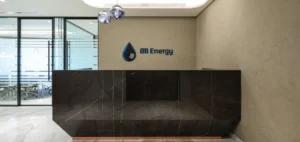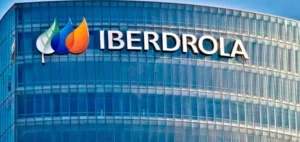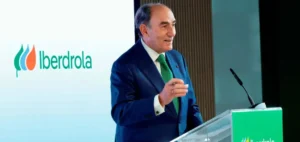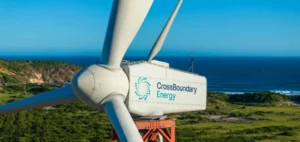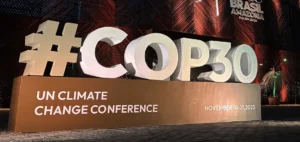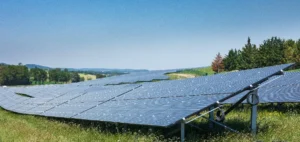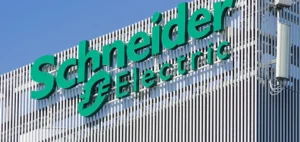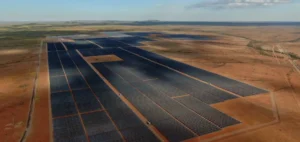Vattenfall announces a third quarter 2022 characterized by market turbulence and winter uncertainty. However, the financial position remains solid and the results stable over the period.
A fluctuating economic context
Vattenfall, in this period of uncertainty, is adapting, accompanying its customers by advising them, in particular, on energy savings. It is important to reduce energy consumption in Europe, especially during peak hours. This reduces customers’ electricity consumption and contributes to lower market prices.
Electricity prices in the market are fluctuating at historically high levels. Indeed, the price of fuel is the main driver of electricity prices. In Germany and the Netherlands, these prices are three and four times higher compared to the same period in 2021.
Prices on the rise
According to Vattenfall, despite a recent drop in fuel and electricity prices, tariffs remain subject to the vagaries of the weather. Profit for the period fell by SEK 7.9 billion. The company’s operating profit increased by SEK 1.8 billion to SEK 23.8 billion thanks to the wind power business.
Vattenfall is pleased with its high sales. However, electricity prices remain under a negative impact, especially in the Nordic portfolio. Indeed, the company must take into account the uncertainties of fuel costs and credit risks, linked to the market.
A non-fossil fuel future
During the quarter, Vattenfall continued to develop its N-7.2 wind farm project off the German coast. This site, in the North Sea, will produce electricity corresponding to the annual consumption of more than one million homes. In the Netherlands, the Hollandse Kust Zuid site, will be the largest wind farm in the world inaugurated in 2023.
The partnership for HYBRIT fossil-free steel begins with favorable tests superior to those of its fossil counterpart. The future of affordable non-fossil fuel energy is needed for transportation and industry. Finally, Vattenfall contributes by investing in fossil-free electricity and electricity networks.






